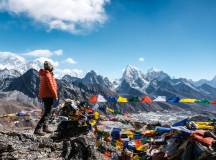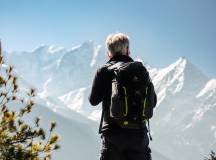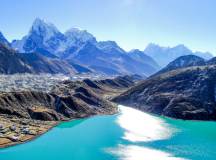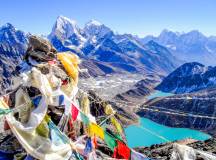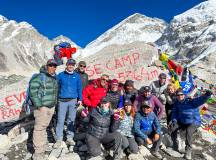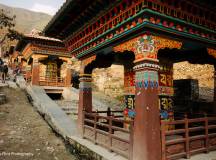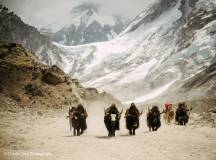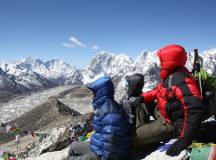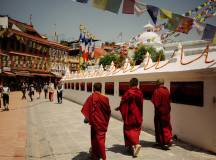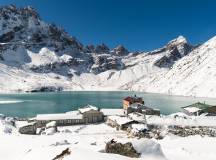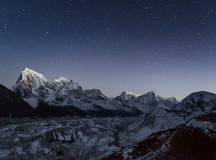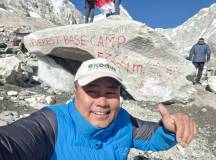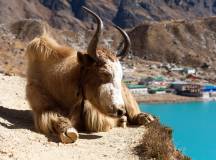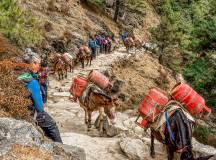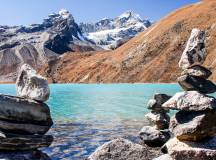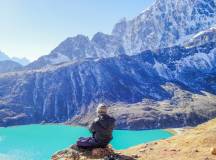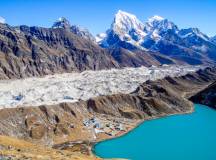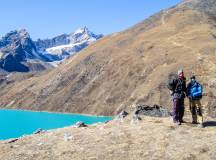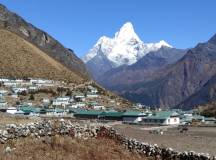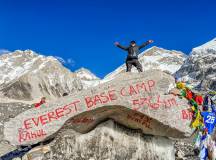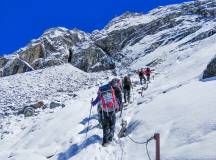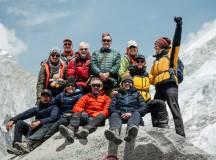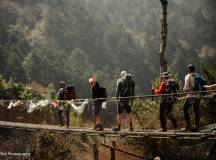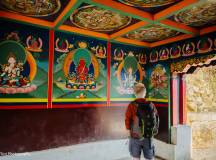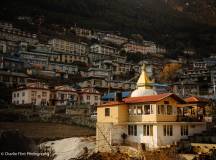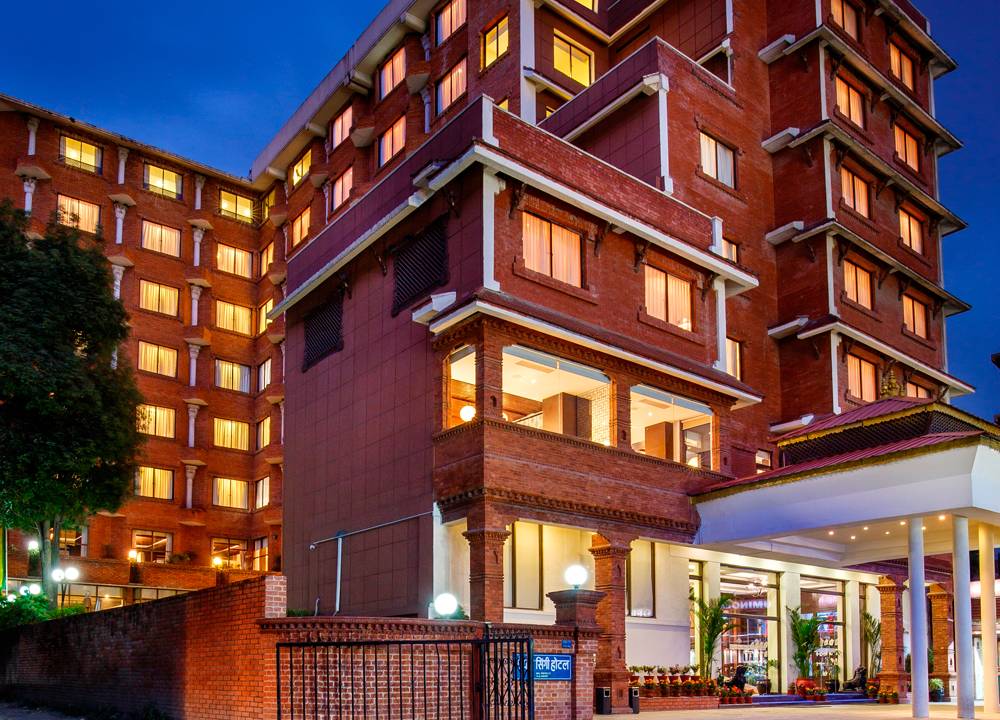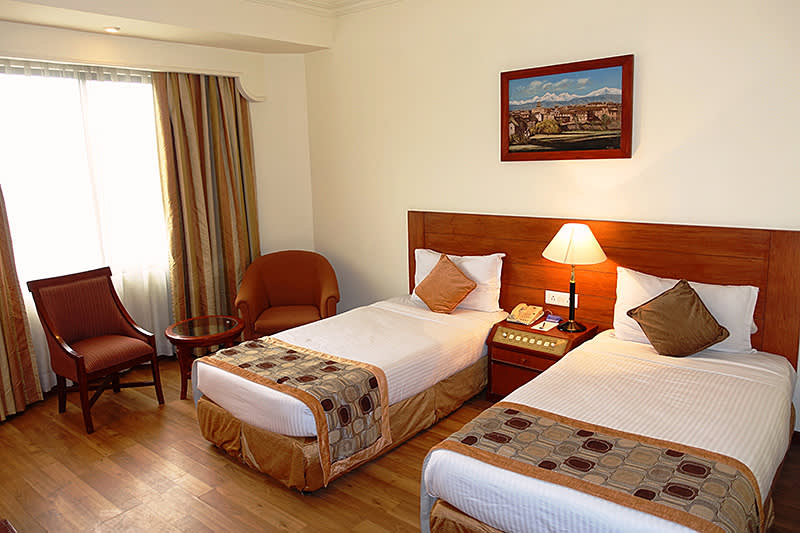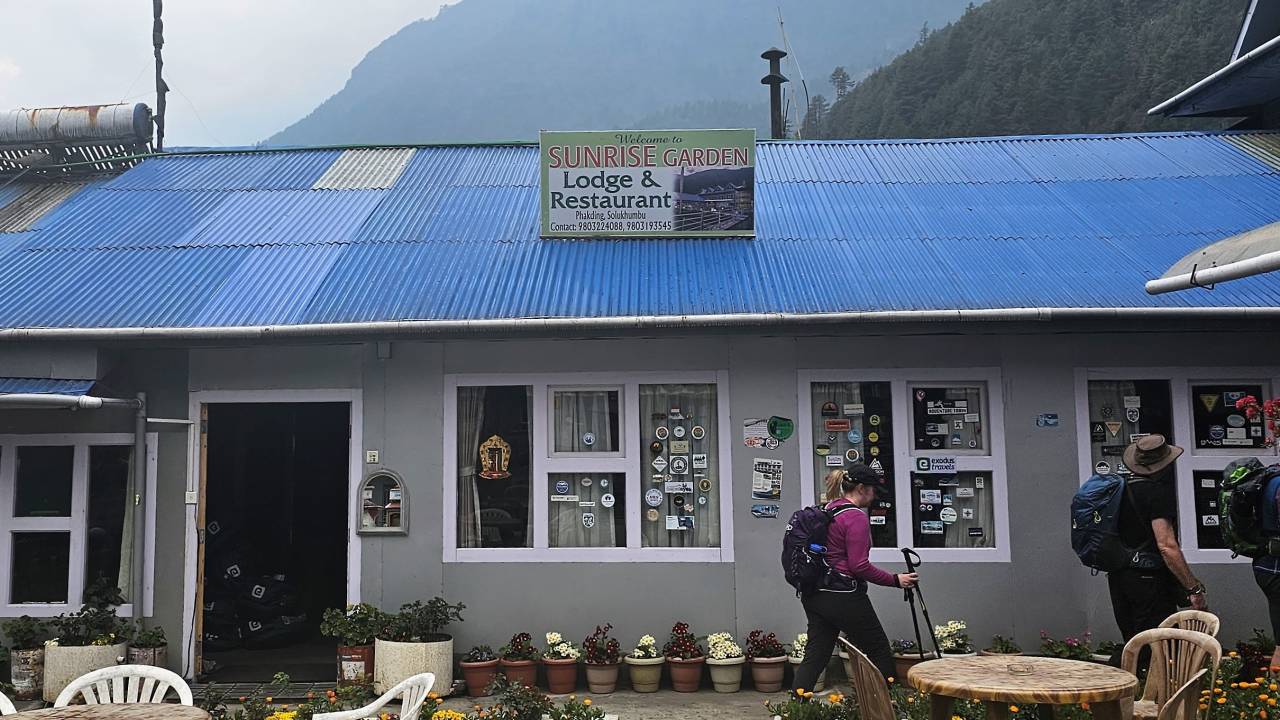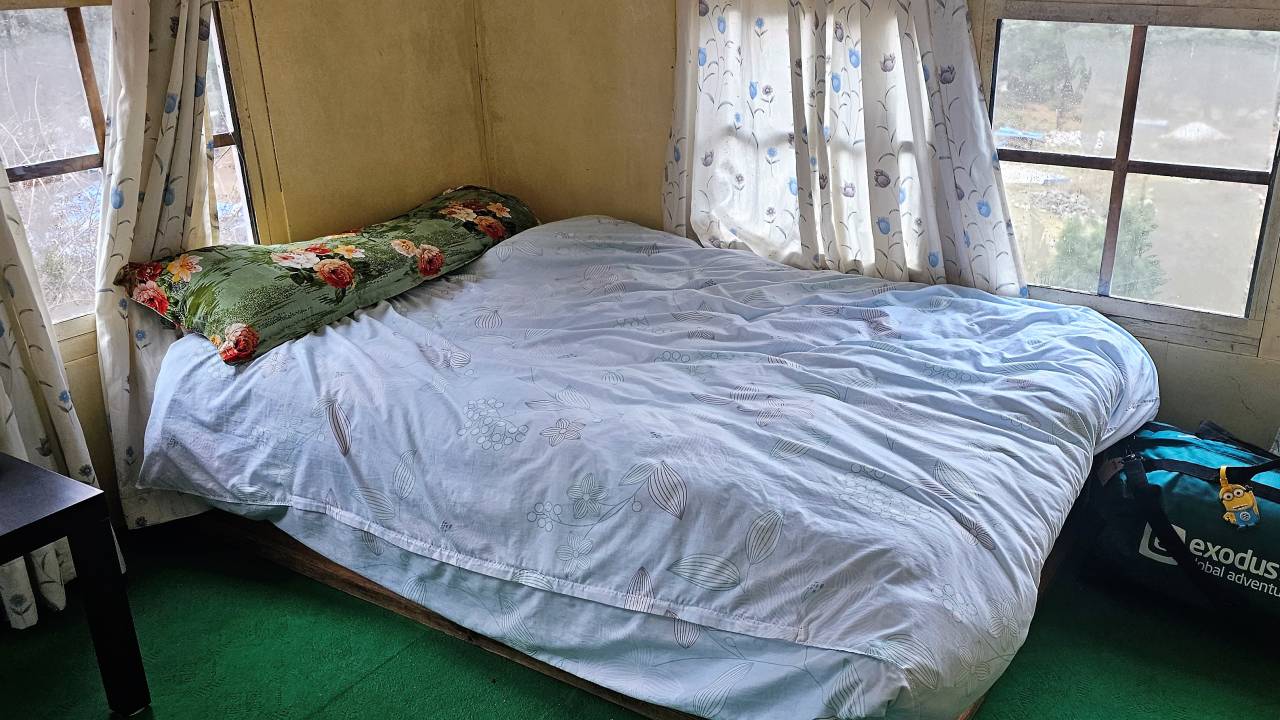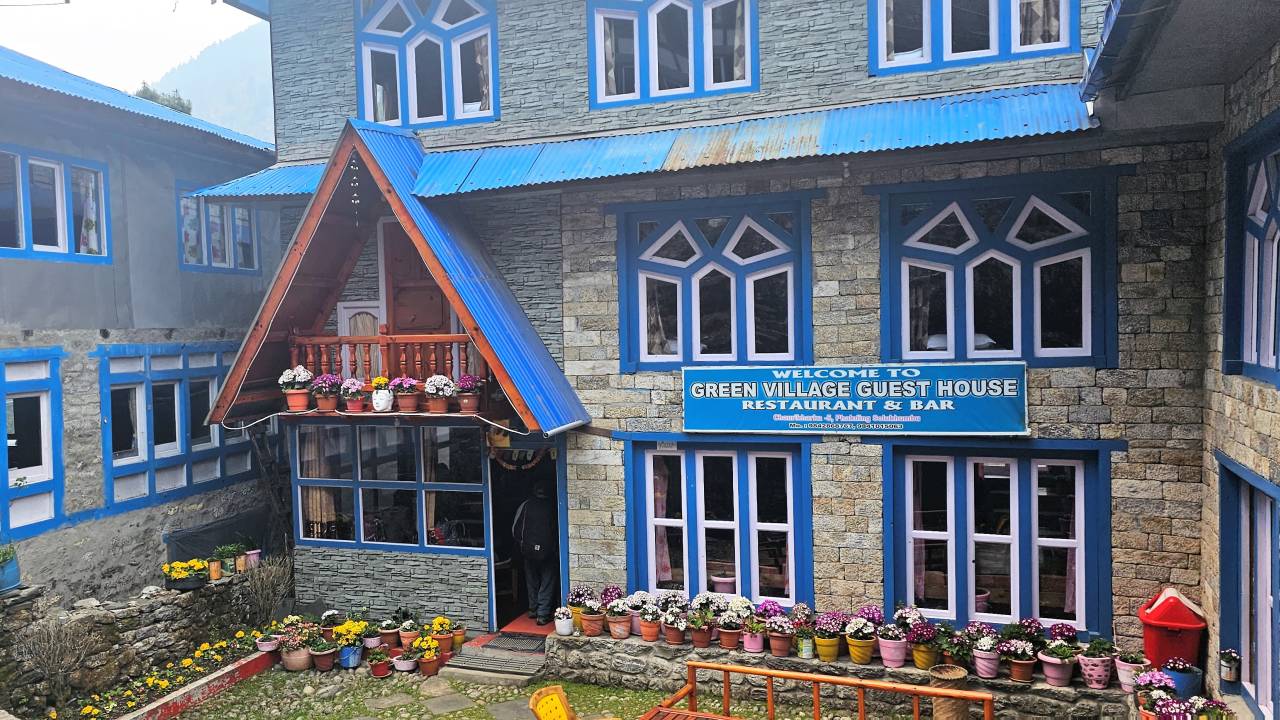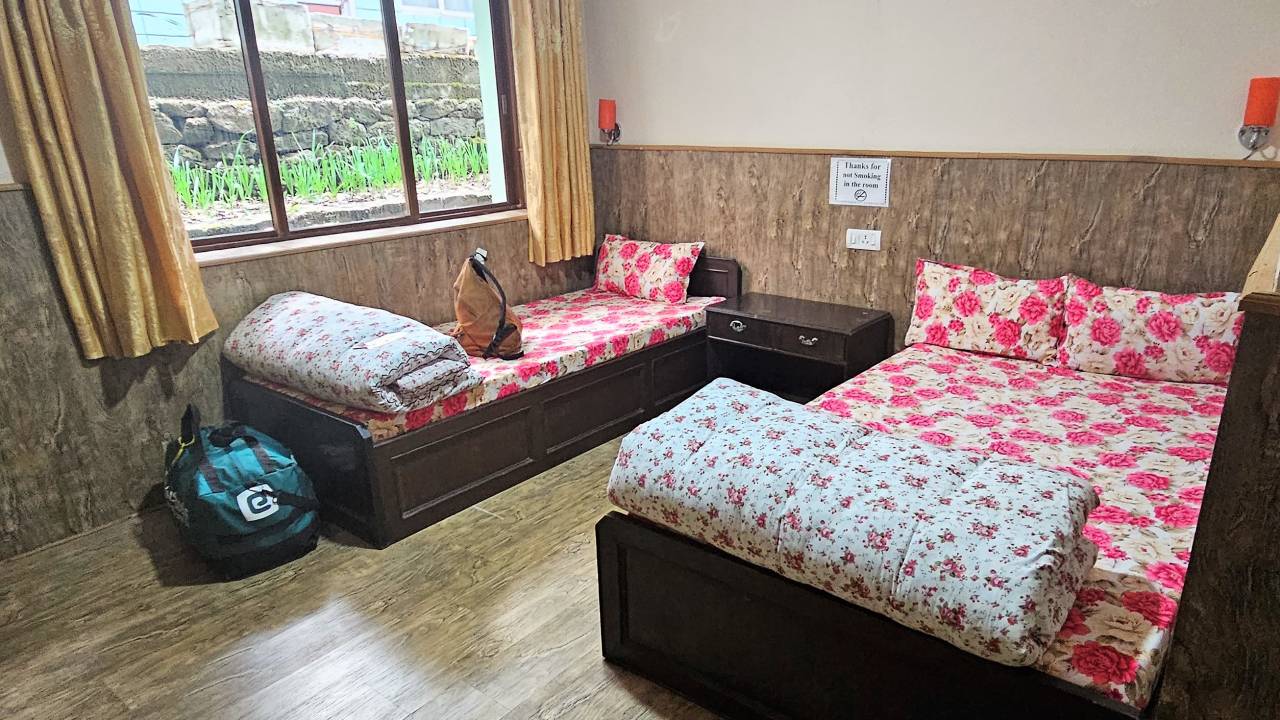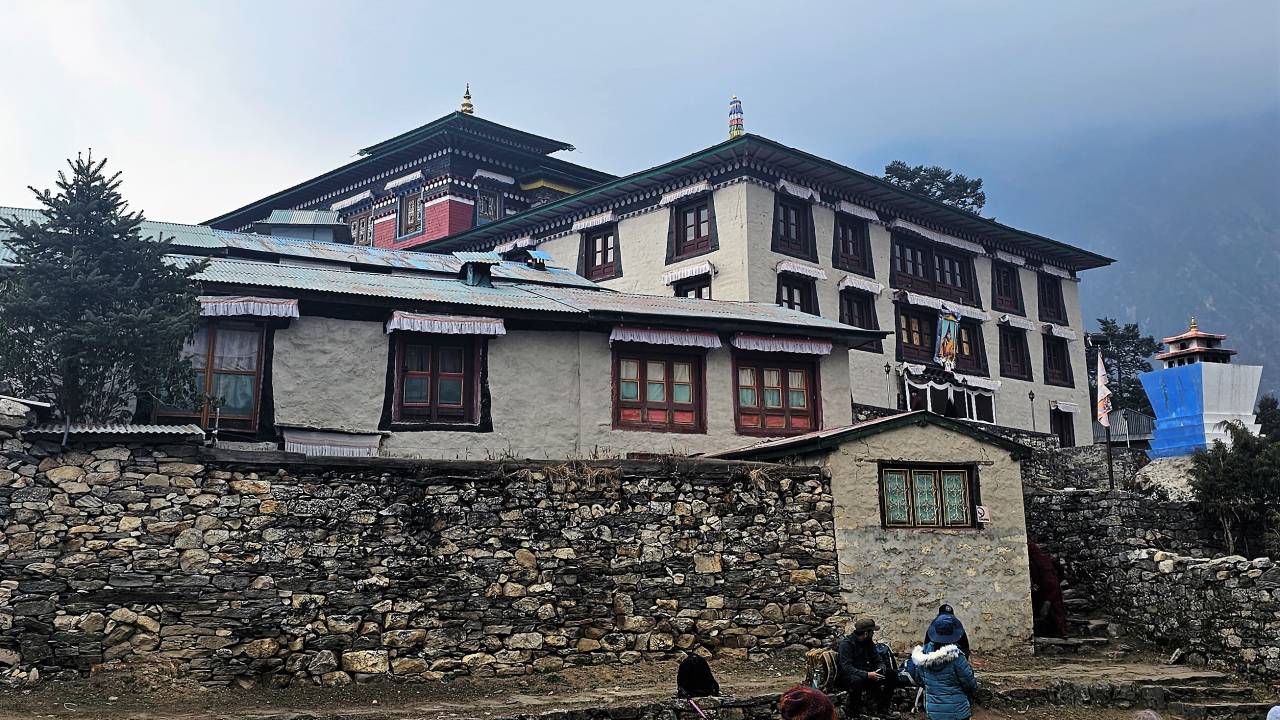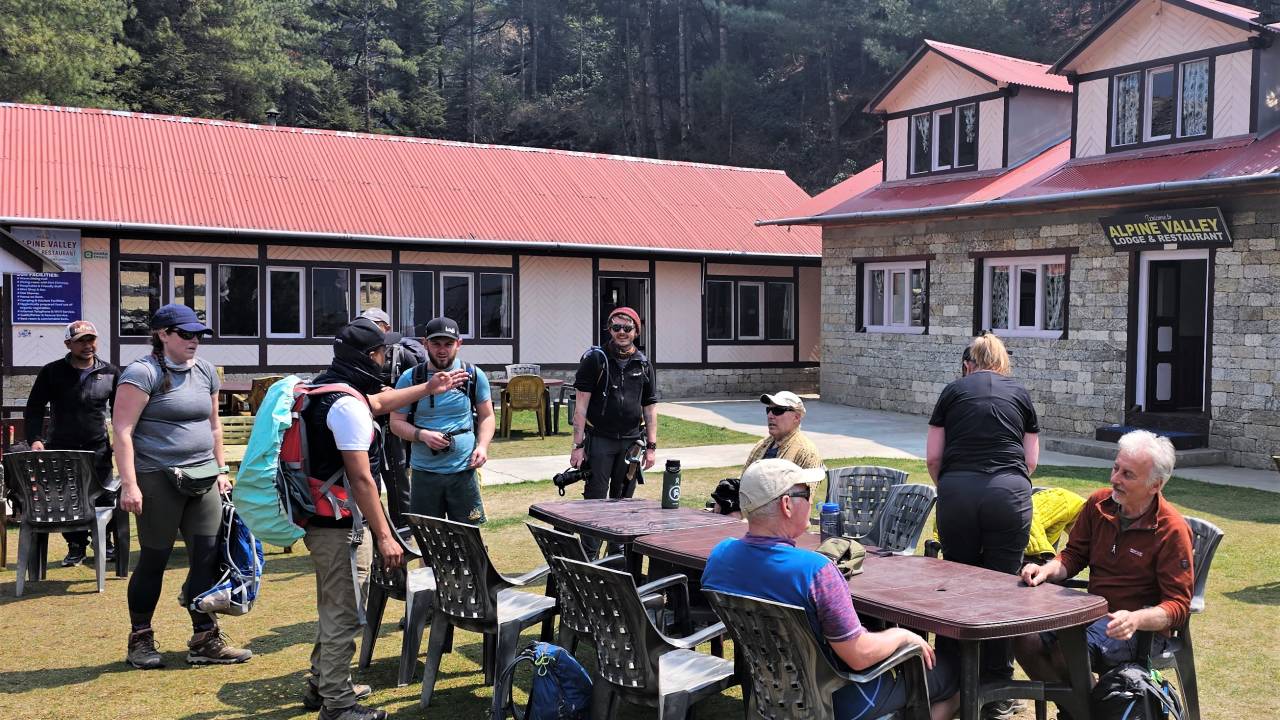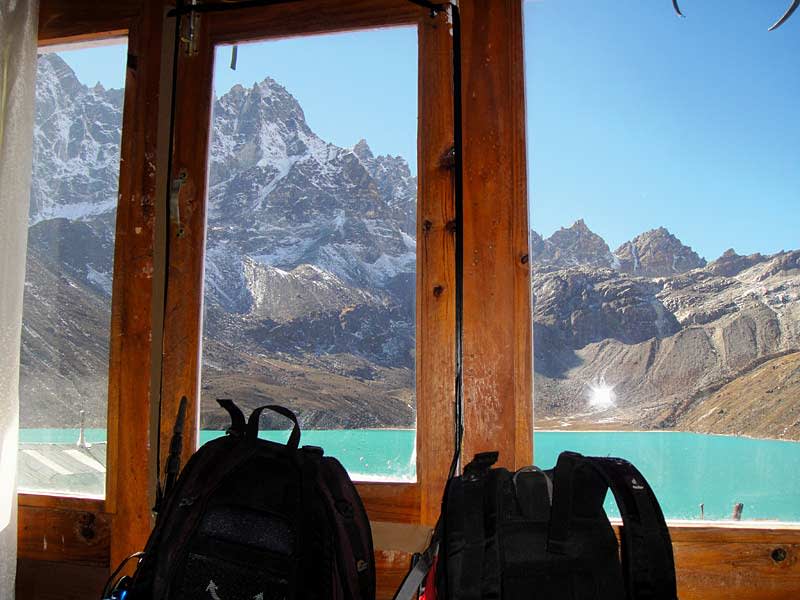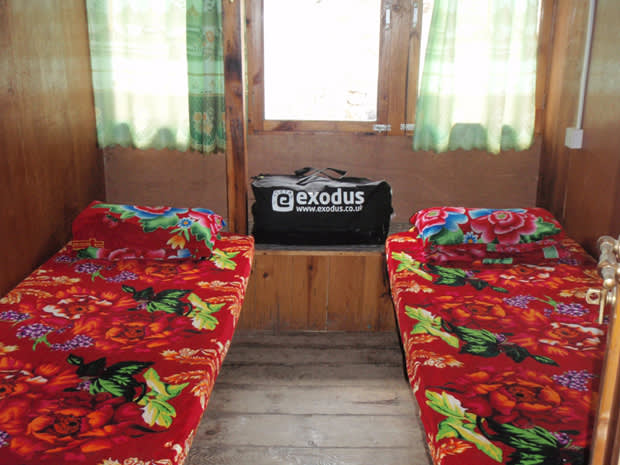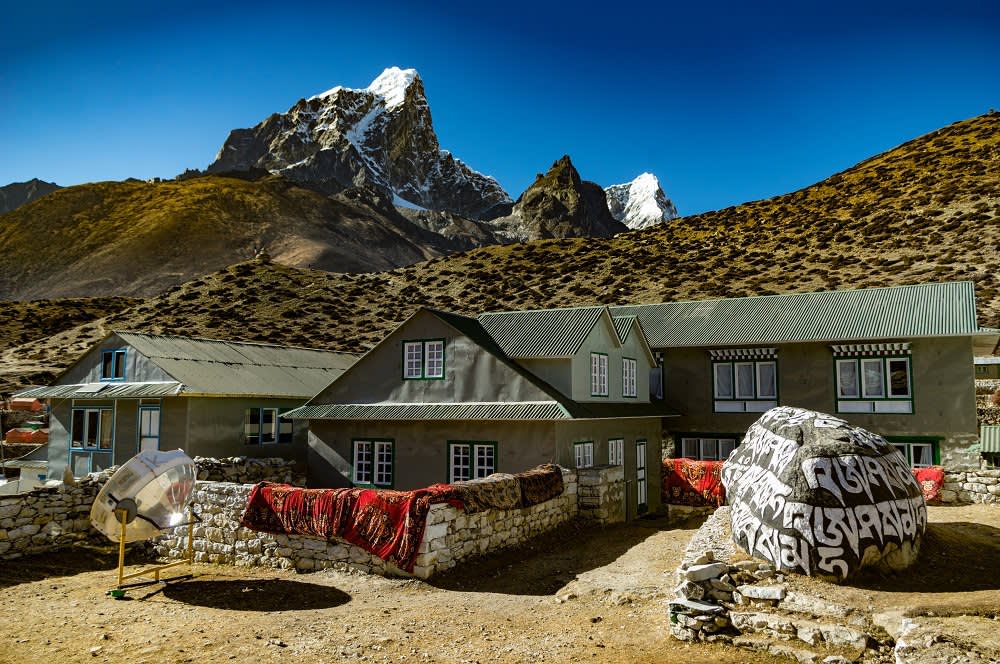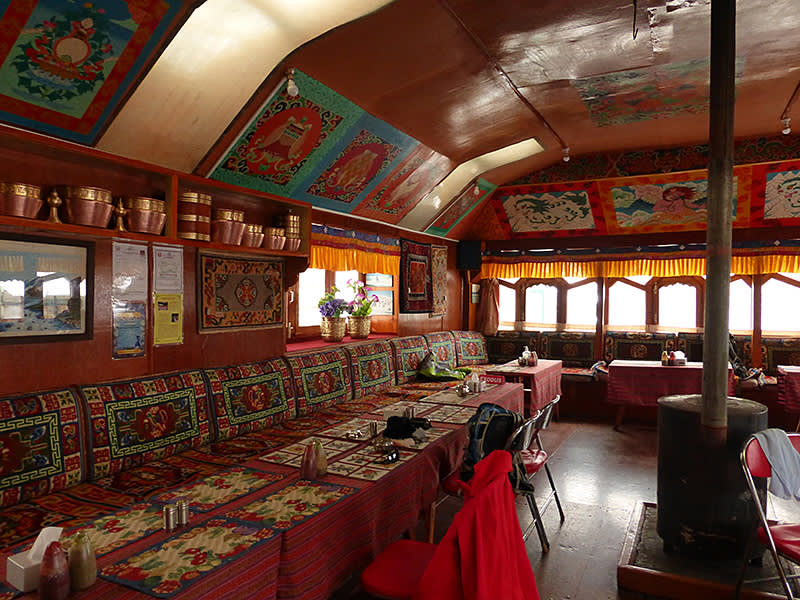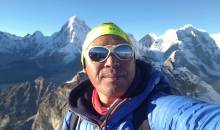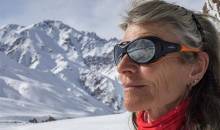Most Inspirational Moment
I really enjoyed our visits to monasteries to witness nuns and monks going about their daily prayers- incredibly special.
Thoughts on Group Leader
Our group leader, Sherpa Dorjee, was a complete star and with his colleagues Yuma and Nima, they all kept us safe, cheerful and enlightened about the region and way of life. They knew exactly the right pace to walk at to minimise the effects of altitude, and had an encyclopaedic knowledge of the surrounding peaks.
Advice for Potential Travellers
My top tips:
Take merino- you're going to stink otherwise.
Take plenty of hand sanitiser, you can't have too much.
Take toilet paper (unless you want to pay £2 a roll up in the mountains).
Steripens worked a treat for water sterilisation, but identify your Nalgene bottle somehow- when they get filled, you want to be able to identify it easily!
The ATM's are variable in whether or not they work- I couldn't get one to work in Namche, and had to try about 6 in Kathmandu until one worked. I could however change cash (GBP) in Namche. The estimate of cash needs from Exodus is pretty close, but beware if you have too much left over at the end, changing it back is hard- the hotel couldn't give us GBP and airport gave change in USD. So, don't take too much! Don't forget the porters- they are like secret ninjas collecting your bag and delivering it to your door before you arrive, often dressed in trainers and a thin jacket- try to take some old gear for the porter bank. I bought them biscuits a few times in the morning- they still earn a poor wage, and it's a shame for them if their daily wage is spent on food.

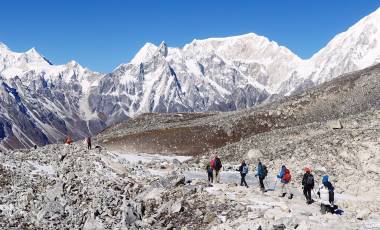
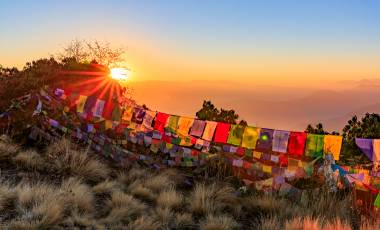

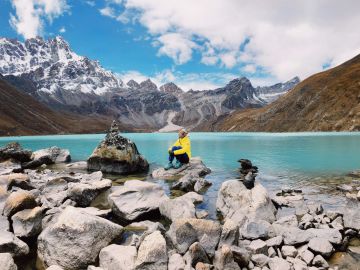



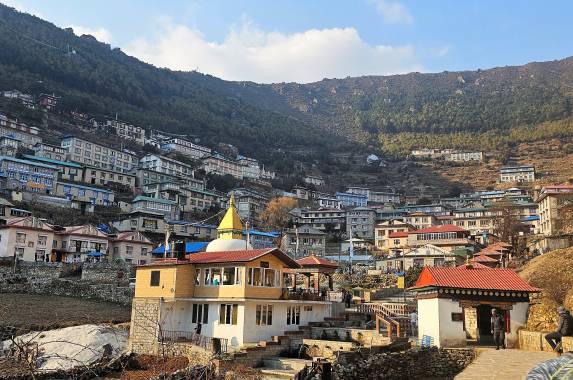
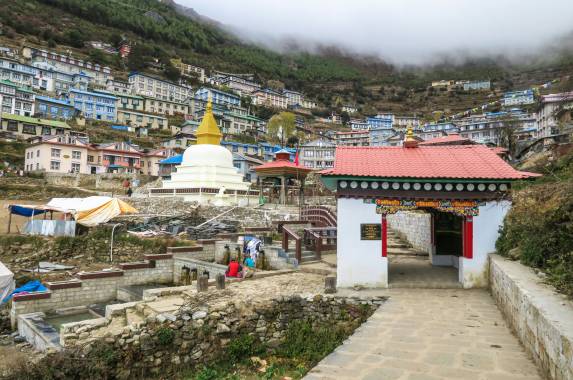
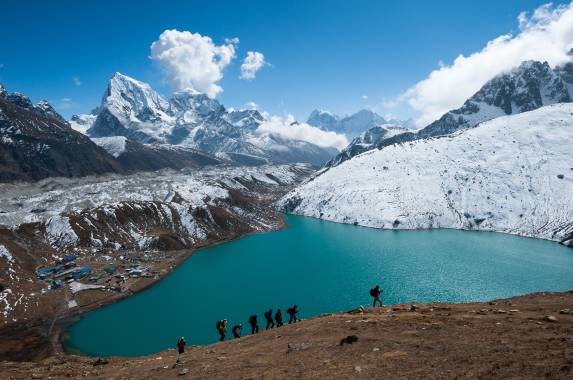
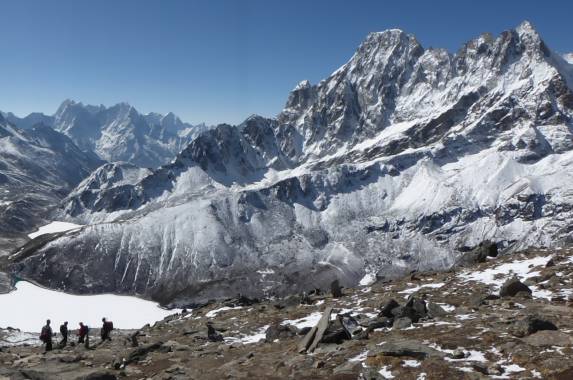
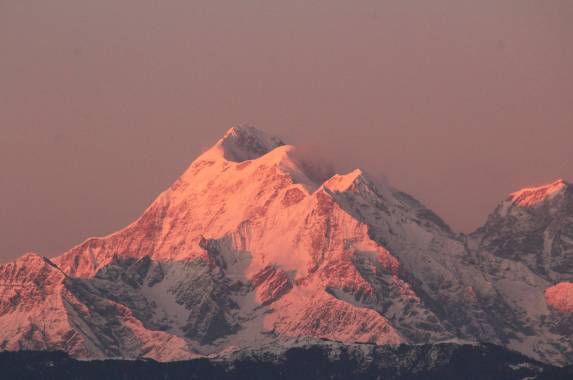
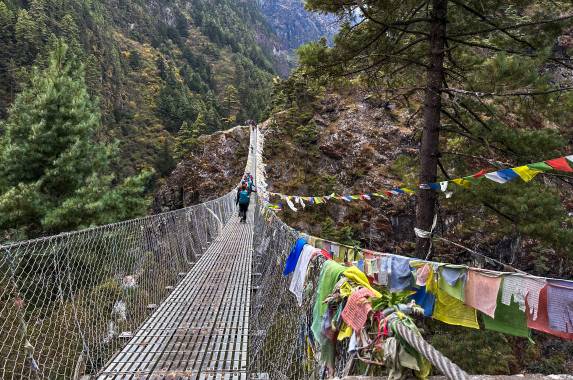
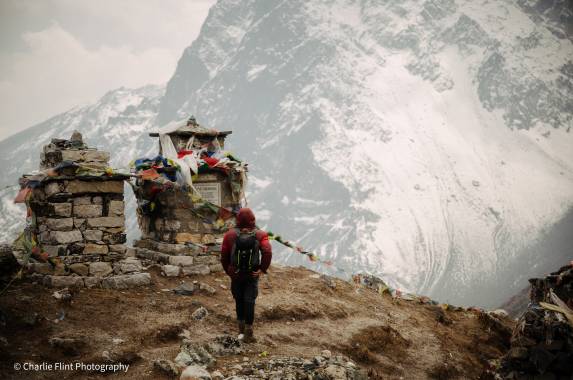
 Extend your adventure by joining one of our add on tours:
Extend your adventure by joining one of our add on tours: